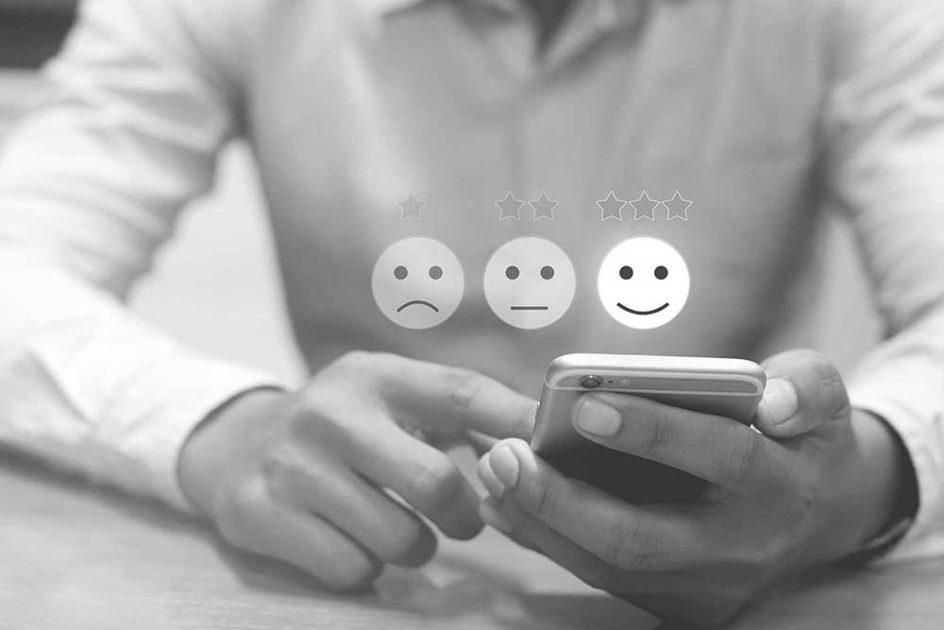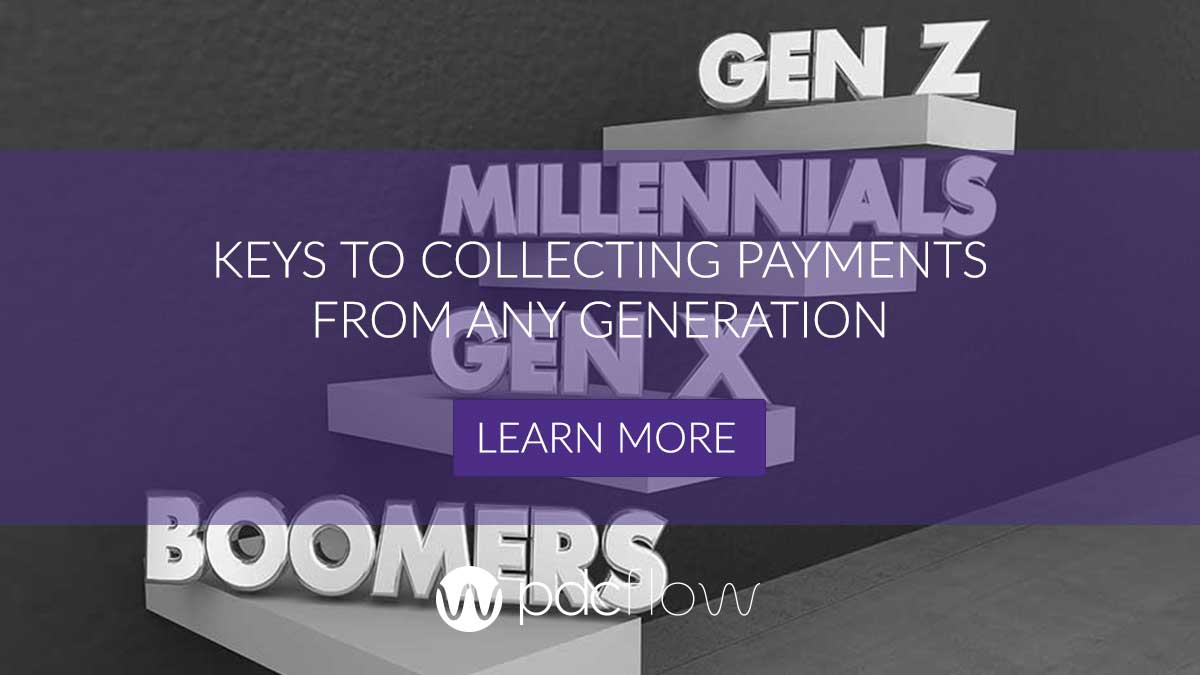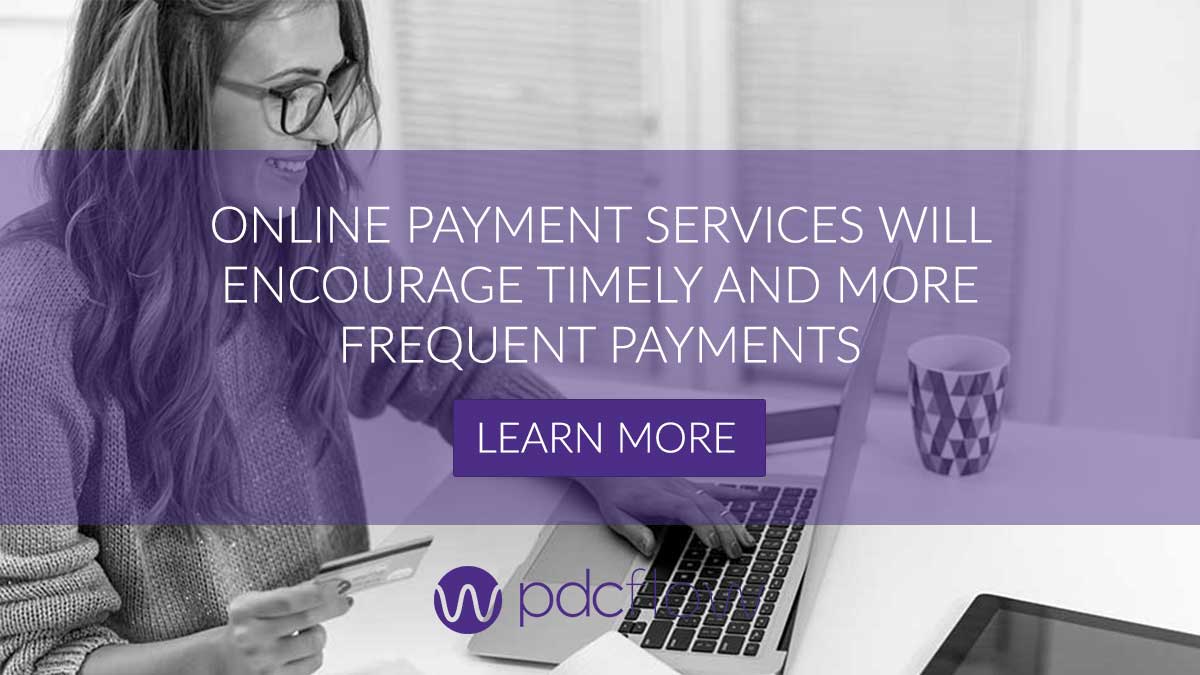Debt collectors face numerous challenges when trying to resolve accounts. For many agencies, call blocking has begun to decrease right party contacts. Once a consumer is on the phone, you then need to overcome stalls or objections to find out why their debt has not been paid. These are just a few of the reasons a successful conversation on the first contact is vital.
Beth Conklin, ACA Certified Instructor, and Account Executive at State Collection Service, Inc. is a big believer in the importance of the first conversation with a consumer. “More so often then not, we may not get the consumer back on the line for subsequent conversations.”
Keeping this in mind, Conklin says there are practices agents can follow to make sure contact with consumers is as successful as possible.
Can Collectors Increase the Chances of the First Contact?
Simply getting someone to answer your phone call can be a challenge. Is there any way to increase your chances of connecting?
There’s no magic answer to getting more people to pick up the phone. However, if you prepare ahead of time, you’ll increase your chances.
- Look over each account before you begin making calls.
- Know the previous activity so you are well-informed.
- If prior calls were made to a consumer, look at the times of day they were attempted.
- Varying the contact time might increase the likelihood of response.
- If it is your company’s policy to leave voicemails, use a positive, enthusiastic tone and speak clearly.
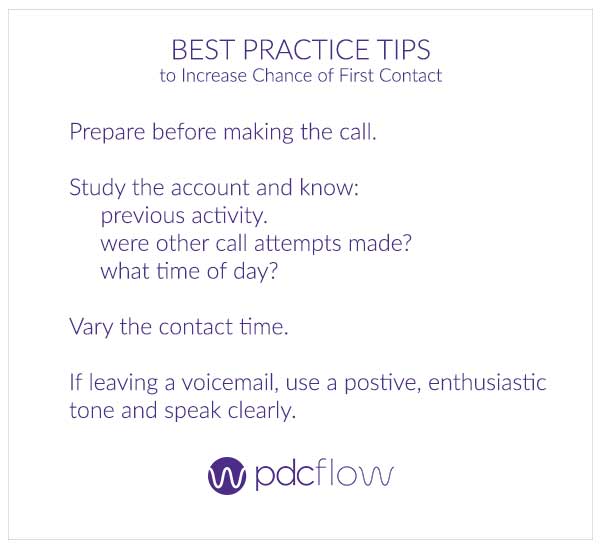
What to Ask for During the First Contact?
1. Updated Contact and Demographical Information
Although most initial contacts with consumers are the only contact, that’s not always the case. The most important information to verify during a call is current contact and demographical information so you don’t close yourself off from being able to contact them in the future. At a minimum, collectors should:
- Verify address
- Verify contact numbers
- Obtain consent to leave pre-recorded messages
- Obtain consent to use an autodialer when contacting a cell phone number
- Obtain email address (and opt-in) if your agency also uses digital communication channels to contact consumers
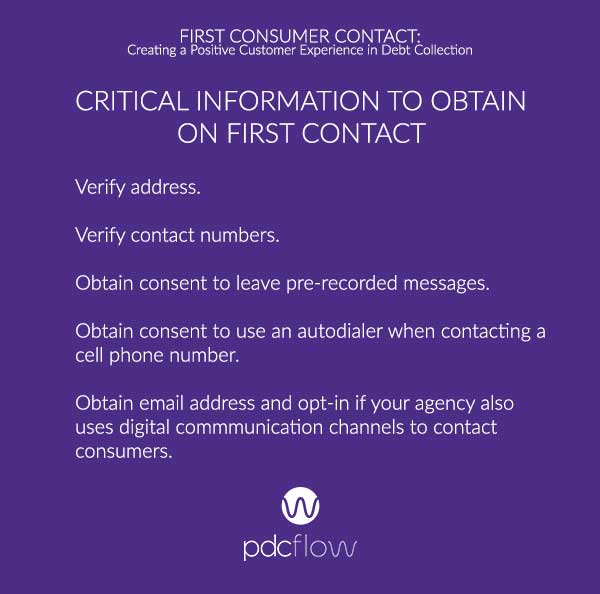
2. “F & C” – full and complete information
The second piece of information Conklin says is vital – a full and complete picture of the consumer’s situation. There is always a reason each debt has gone to collections. This is your best opportunity to understand the consumer’s reason for the situation and whether they can resolve their account.
Use conversational intelligence and open-ended questions in each call to find out about outgoing expenses, income, or other points that might impact repaying a debt. Understanding these situations can also help you better connect with your consumers.
How to Set Consumers Up for Further Contact?
Build Rapport
Obtaining full and complete information from your consumers is the perfect time to also build rapport. This should help when working out a payment arrangement.
Respectfully listen to a consumer’s situation and use conversational intelligence to let them know they have been heard. This positive customer experience will increase the likelihood that a consumer will be willing to take another call from you in the future.
Practice Customer Service
Customer service is just as important in debt collection as it is in any other business. To improve communications with consumers, validate their concerns, let them know you are here to help, and tell them what you can do for them.
Speaking to a debt collector is usually a stressful experience. Keeping the conversation warm yet professional will create trust. Use this positive customer experience to keep the dialog going and make plans for future contact when necessary.
Use Empathy in Debt Collection to Create a Positive Customer Experience
Upon close examination, the separate components of successful first contact – from listening to consumers about their finances to validating their concerns – all rely on empathy. Why is this skill so important?
“At the end of the day no one likes to owe money or be in debt, let alone receive calls or letters from a debt collector,” says Conklin. “Listening to what the consumer has to say is one of the best ways to demonstrate empathy. It also helps bridge the gap between the consumer and debt collector and open up the dialogue to obtain contact information, F&C and find a resolution to satisfy the consumer, the debt collector and the client.”
Mindful communication with consumers is the key to success during the first contact and beyond. To learn how conversational intelligence can strengthen this interaction, read our guide based on information from industry expert Leslie Bender.

